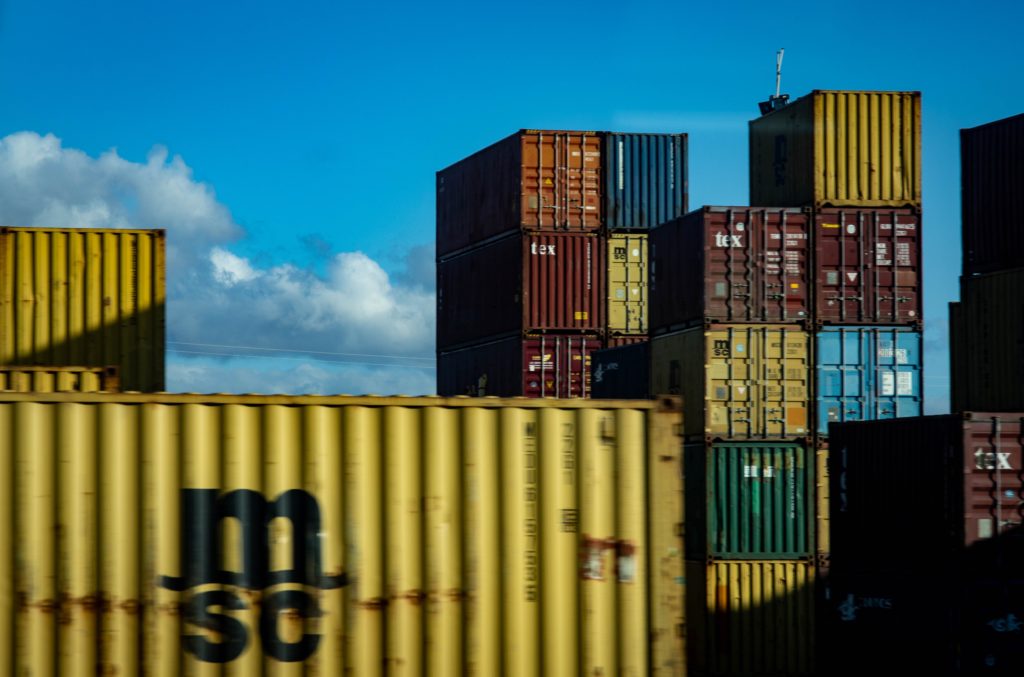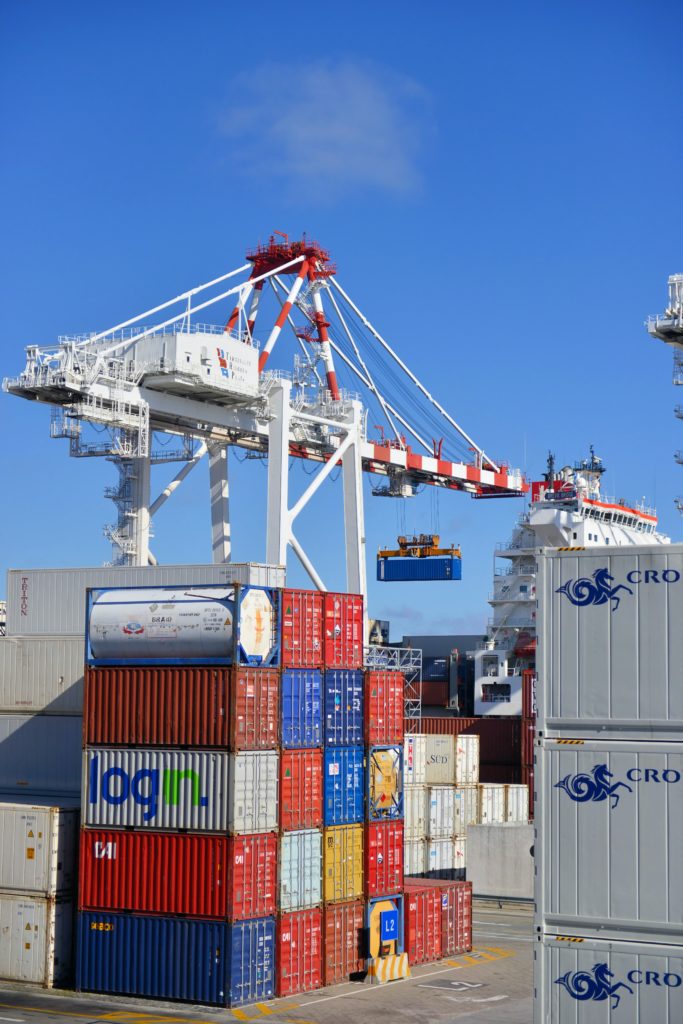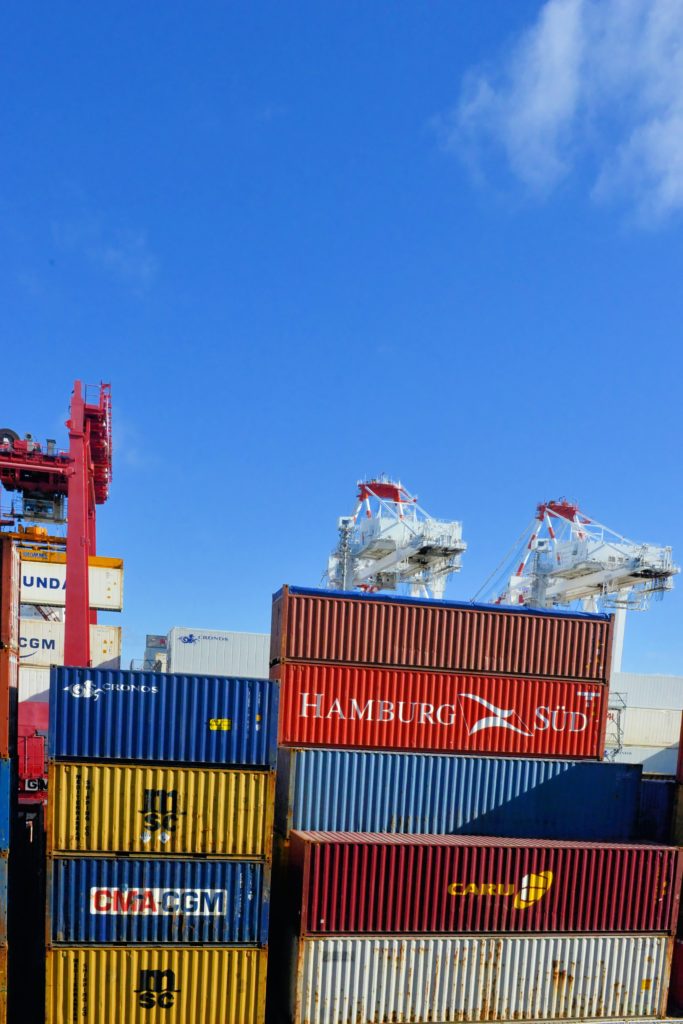How to deploy an Openshift cluster in AWS
Originally posted on Sokube’s blog Context Thanks to the Openshift platform (OCP), thousands of companies allow their developers to build, deploy, and run applications in containers. This platform also offers advanced features such as: This platform can be hosted both on a private cloud (on-premise) and on a public cloud. It is possible to install Openshift …









